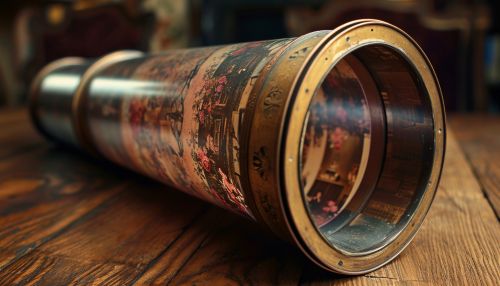Zoetrope
History
The zoetrope is a device that produces the illusion of motion by displaying a sequence of drawings or photographs showing progressive phases of that motion. The term zoetrope is derived from the Greek words ζωή zoe, "life" and τρόπος tropos, "turning". The zoetrope was invented by British mathematician William Horner in 1834 and was popularized in the 1860s by Milton Bradley and other manufacturers.


Design and Function
The zoetrope consists of a cylinder with slits cut vertically in the sides. On the inner surface of the cylinder is a band with images from a set of sequenced pictures. As the cylinder spins, the user looks through the slits at the pictures across. The scanning of the slits keeps the pictures from simply blurring together, and the user sees a rapid succession of images, producing the illusion of motion.
Modern Uses and Developments
While the zoetrope is primarily considered a classic toy or novelty item, it has been used in various media in the 20th and 21st centuries. Some filmmakers, for instance, have used the zoetrope to create unique, hand-drawn animations. Additionally, the zoetrope principle is used in the design of certain types of 3D displays.
